How to overseed your lawn in fall — and when to do it for the best results
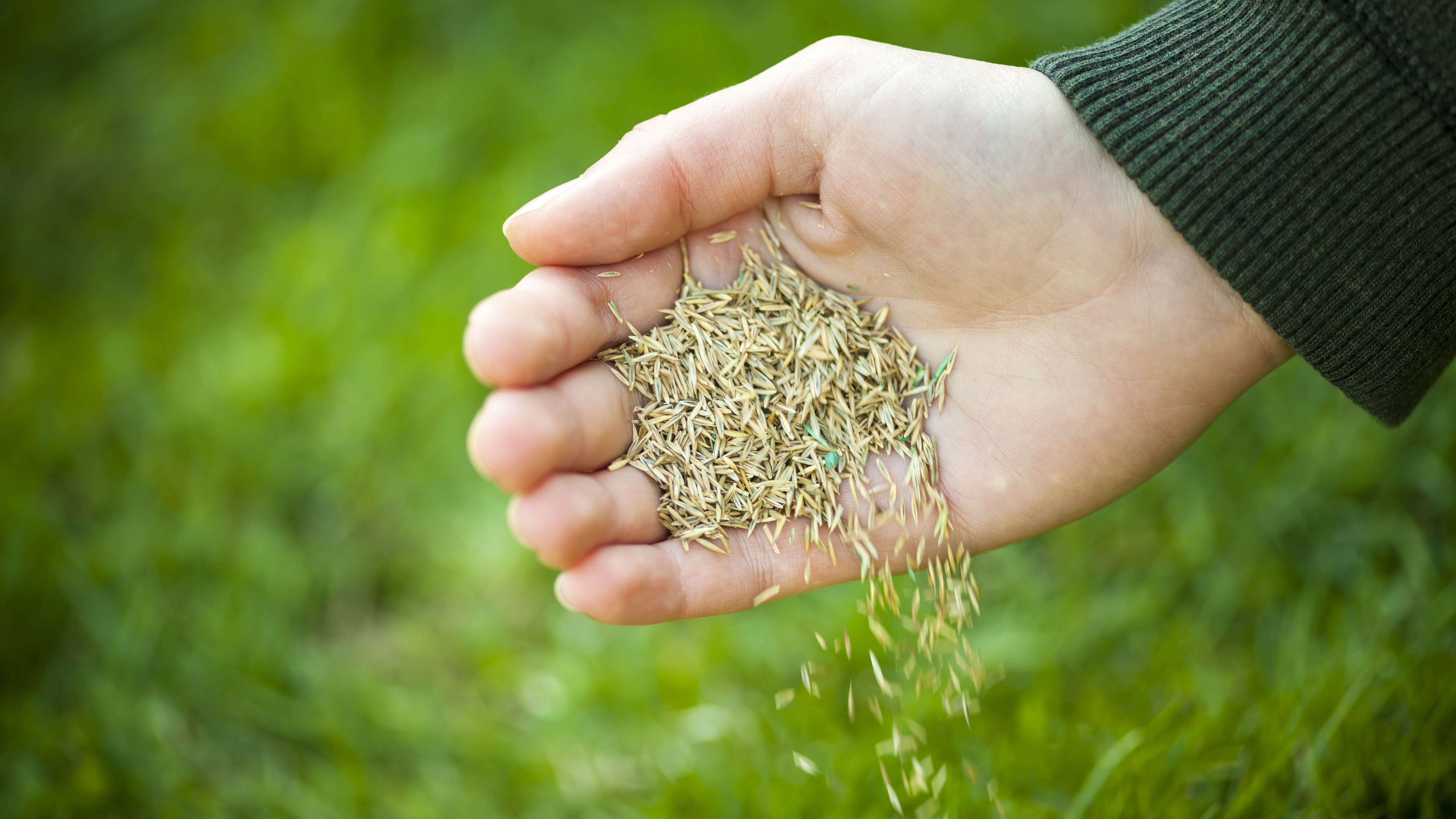
After months of foot traffic, heat stress, and summer wear, many lawns show bare spots, thinning grass, and overall decline by early fall. Fortunately, the next few weeks present the ideal window for overseeding.
The key to successful fall overseeding lies in precise timing. Seed too early and hot weather can prevent germination. Wait too long, and the grass won't establish strong roots before winter dormancy. Plus, cooler weather means less frequent mowing to disturb new seedlings
Avoiding common lawn care mistakes is crucial for overseeding success. This guide covers everything needed to overseed effectively this fall, from choosing the right seed type to proper watering schedules, ensuring a lush, resilient lawn emerges next spring.
1. Why fall is the perfect time for overseeding
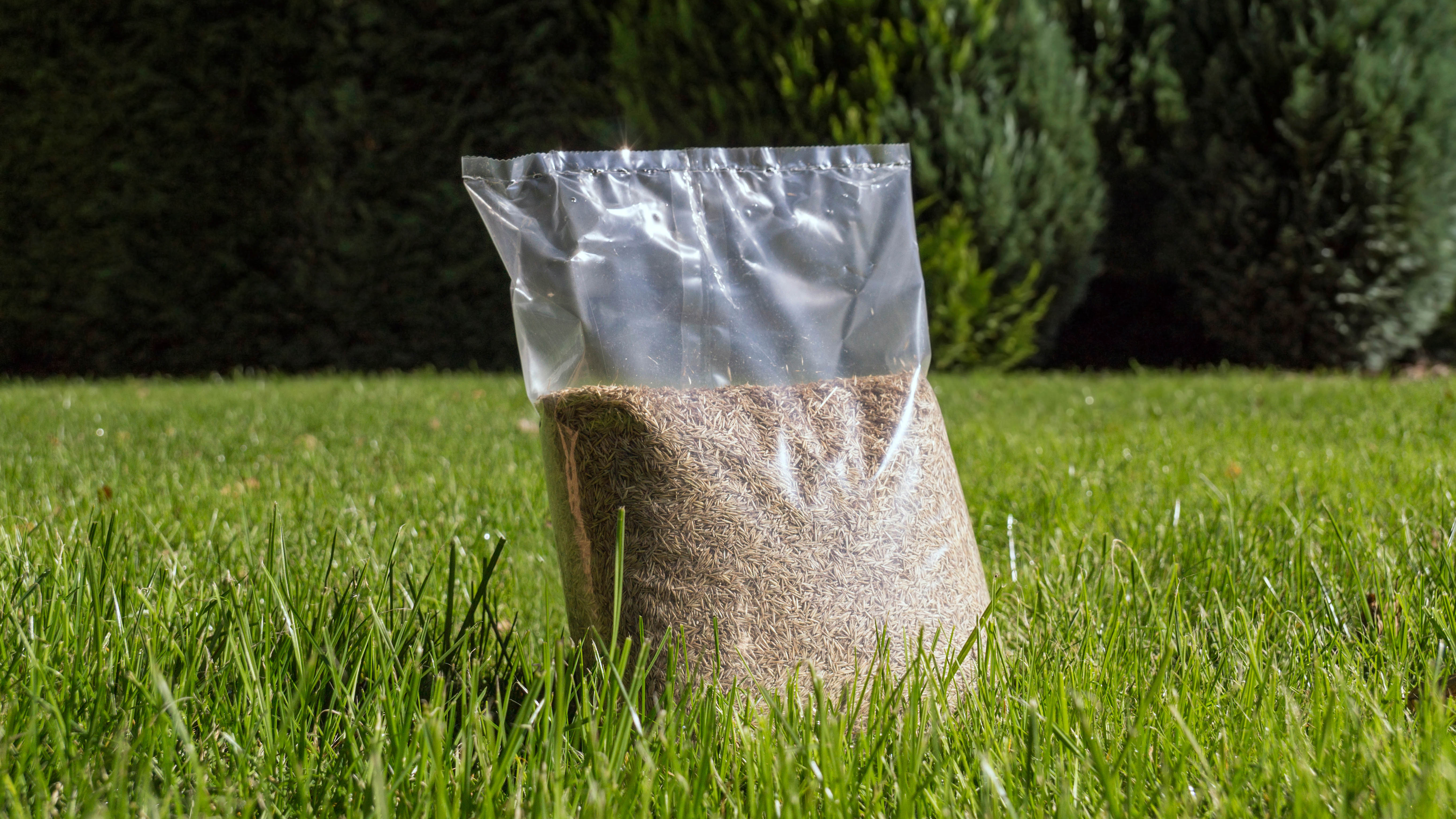
Fall offers ideal conditions that summer and spring simply can't match. The best window is between mid-August and early October, before the first frost kills any new seedlings. Grass seeds actually prefer cooler, moist conditions over summer heat for germination.
Check your soil temperature using a basic soil thermometer. Cool-season grasses like Kentucky bluegrass need soil temperatures below 65°F, while warm-season varieties like Bermuda grass require at least 65°F.
Fall also brings natural advantages like fewer weeds competing for nutrients and more consistent moisture from seasonal rainfall. Schedule your overseeding 1-2 days after rainfall when the soil is moist but not saturated.
A basic soil test kit can help determine when conditions are right for overseeding. If you're dealing with drought conditions, wait for better moisture before starting.
Know your soil before overseeding. This professional test measures 13 nutrient levels, including nitrogen and pH, to reveal exactly what your lawn needs. Results in 6 to 8 days help you apply the right products for stronger germination and healthier, sustainable grass growth.
2. Prepare your lawn properly
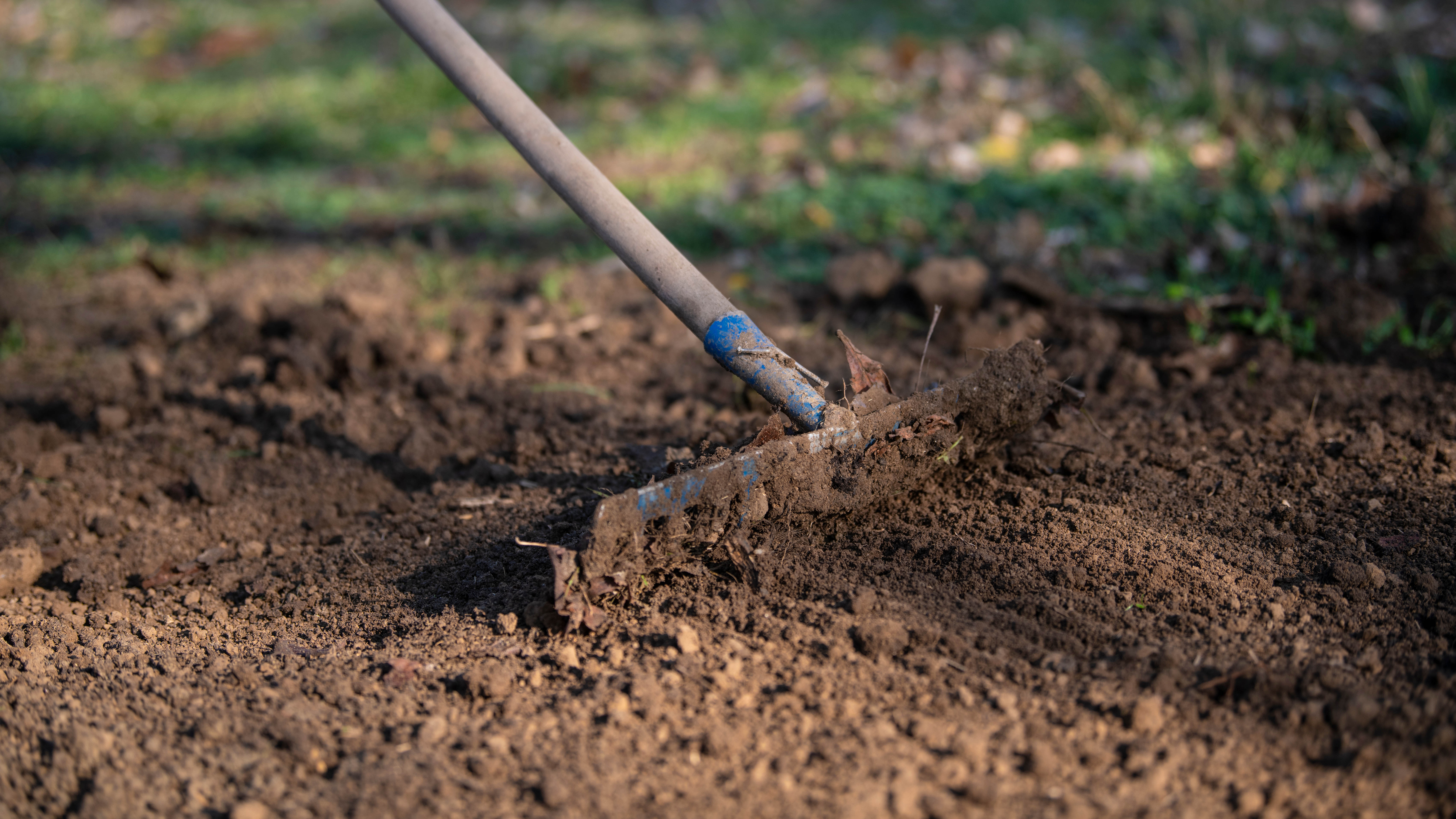
Preparation determines whether your overseeding succeeds or fails. Start by mowing your lawn to 1.5-2 inches in height, which allows seeds better contact with the soil.
Follow up with aggressive raking to remove dead grass and thatch that would block seeds from reaching the soil surface.
Test your soil conditions and add amendments as needed. Poor soil will sabotage even perfect timing and technique. Remove any remaining weeds like crabgrass or dandelions by hand or with targeted treatments, but avoid broad herbicides that can kill grass seeds along with weeds.
And aerate your lawn thoroughly before spreading any seeds. This step is crucial because it loosens compacted soil, improves air circulation, and creates small holes where seeds can settle and retain moisture.
3. The overseeding process
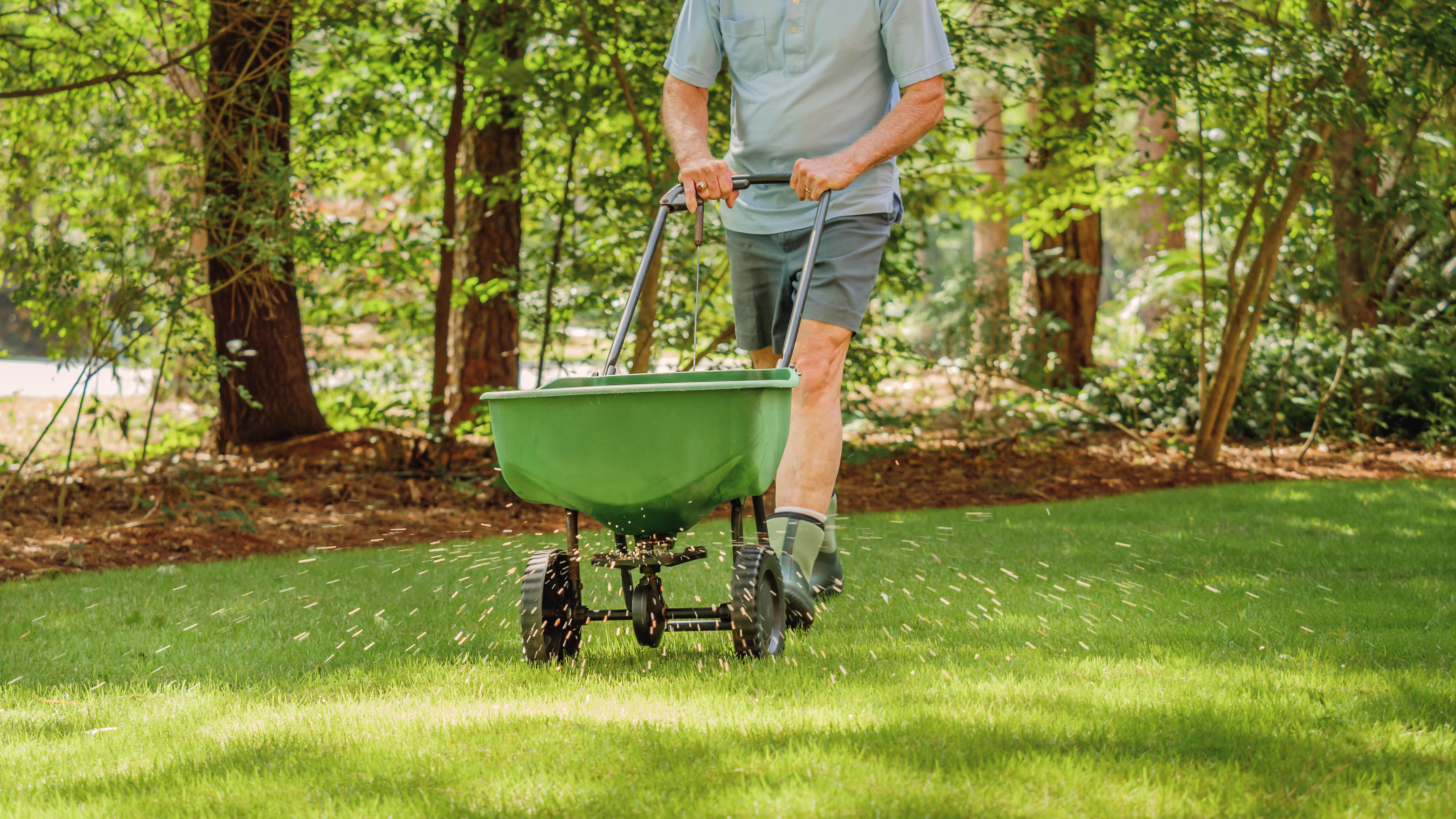
Choose grass seed that matches your existing lawn type and climate zone. Cool-season grasses dominate northern regions while warm-season varieties work better in southern climates.
Apply seeds by hand for small areas or use a broadcast spreader for larger lawns. Follow label directions for coverage rates, as too little seed creates sparse results while too much leads to overcrowding and weak grass. If you aerated beforehand, aim seeds into the holes for better moisture retention.
Apply starter fertilizer immediately after seeding to give new grass the nutrients it needs for strong root development. Choose fertilizers specifically designed for new grass rather than standard lawn food, which can be too strong for seedlings.
These gardening gloves provide an excellent grip and have a comfortable fit around the wrist, plus they are breathable, machine washable, and available in three sizes. They are perfect when you need medium-duty gloves that provide dexterity. Plus, they come in a pack of two.
4. Water and maintain for success
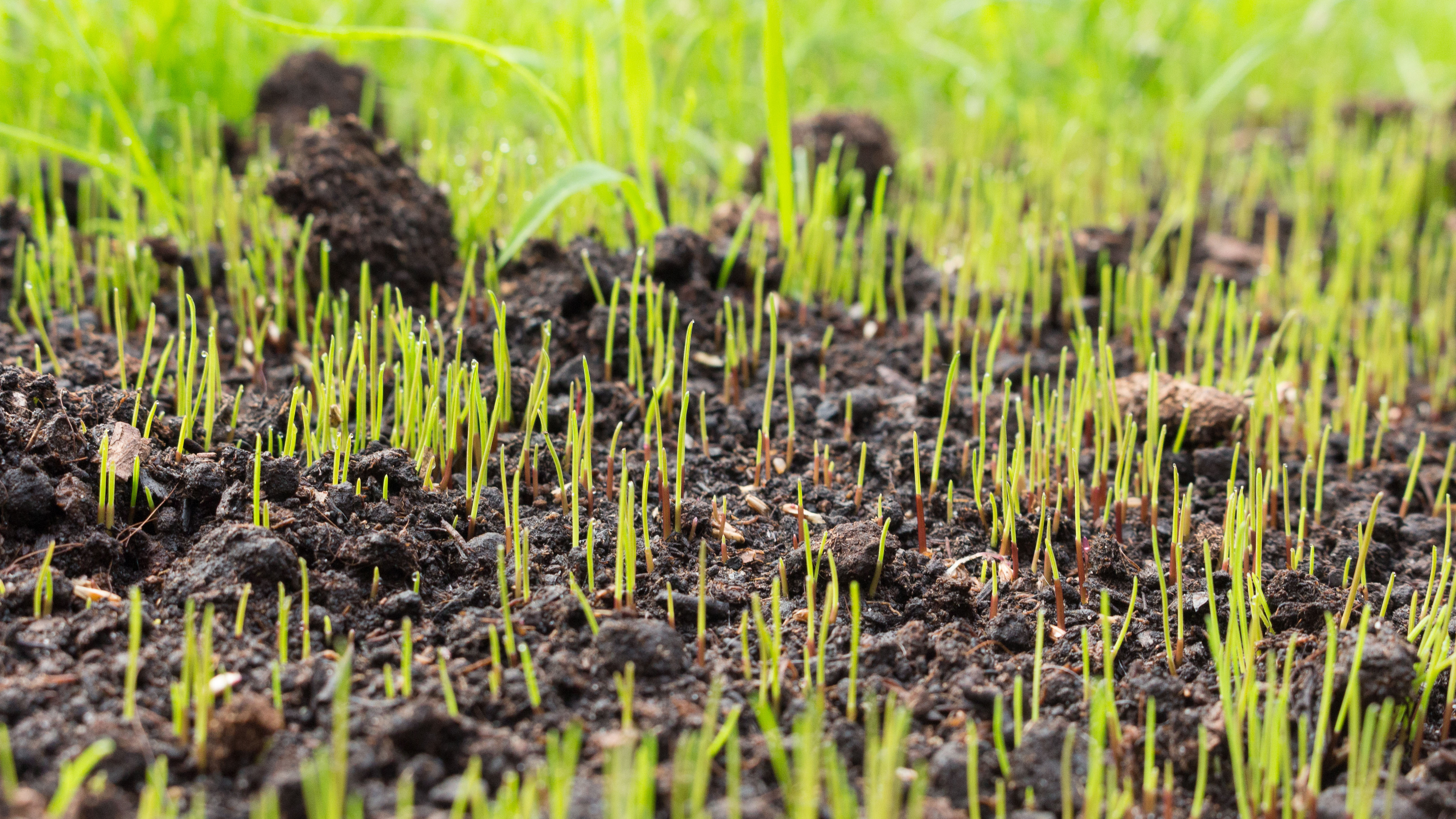
New grass requires consistent moisture to germinate and establish roots. Water lightly 1-2 times daily to keep soil moist but never saturated. Overwatering causes root rot, while underwatering kills seedlings before they can establish.
Expect germination within 1-3 weeks, depending on grass type and conditions. Once new grass reaches 1-2 inches tall, reduce watering frequency but water more deeply to encourage root growth. This transition from frequent light watering to less frequent deep watering is critical for long-term lawn health.
Make sure to cover seeded areas with a thin layer of mulch or compost to protect seeds from wind and birds. Also, avoid heavy foot traffic on newly seeded areas until the grass is well-established and has been mowed at least twice.
5. How often should you repeat the process?
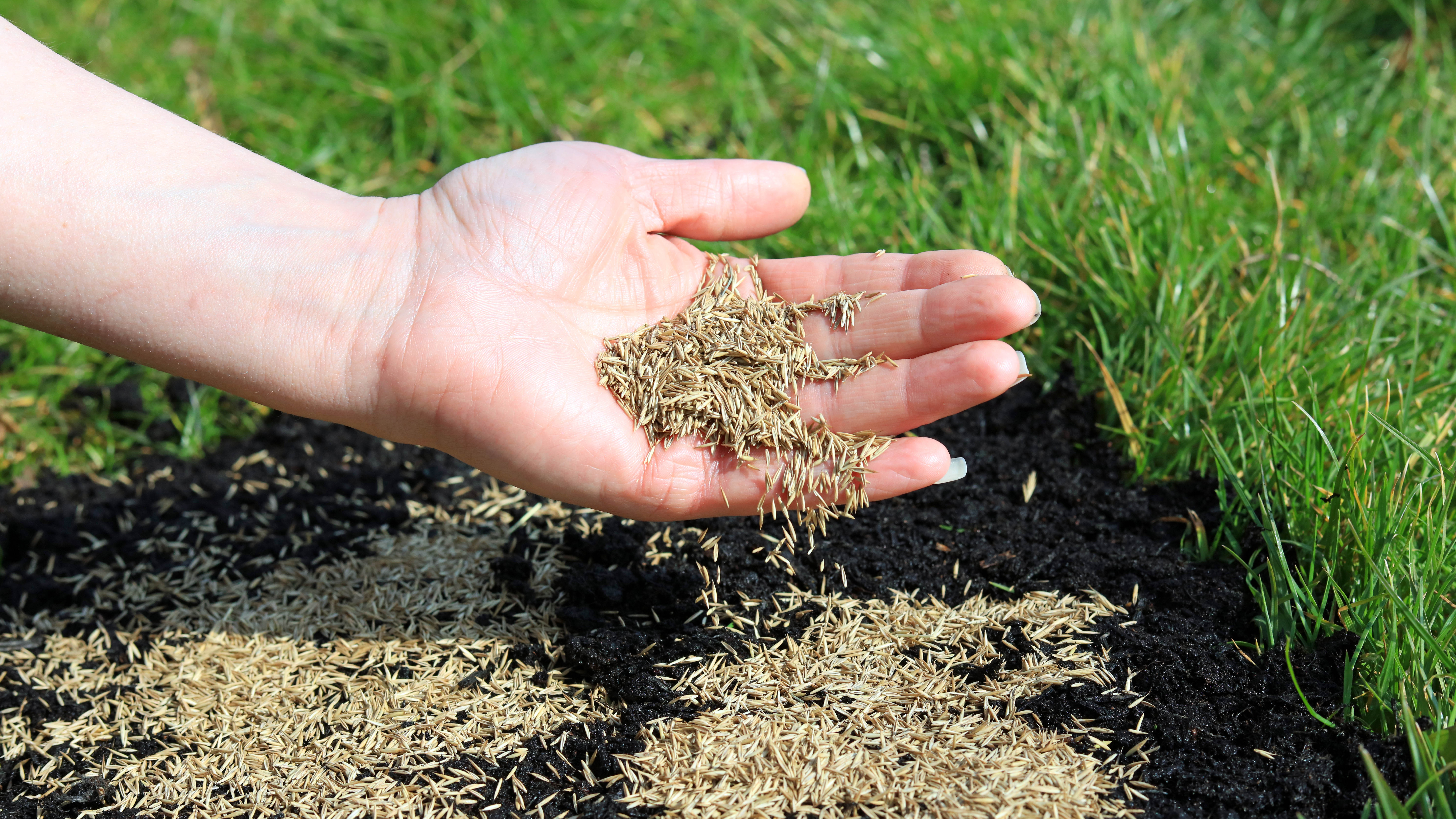
Overseeding frequency depends on your lawn's condition and summer stress levels. Lawns that endure severe drought, heat waves, or heavy use may need annual fall overseeding to maintain density and fill bare spots that develop each summer.
Most lawns only require overseeding every 2-3 years under normal conditions. Evaluate your lawn each fall by looking for thin areas, bare patches, or excessive weed growth that indicate grass density problems.
Signs you need to overseed include: visible soil through grass, areas where weeds dominate over grass, and an overall thin appearance despite regular fertilization and watering.
When grass coverage drops below about 70% in any area, overseeding will provide noticeable improvement in both appearance and weed resistance.
Follow Tom's Guide on Google News and add us as a preferred source to get our up-to-date news, analysis, and reviews in your feeds. Make sure to click the Follow button!
More from Tom's Guide
- 9 tips for making your grass greener than ever this year
- 5 easy tips to fix bare patches on your lawn this spring
- 7 essential lawnmower tips to help keep it running like new
Get instant access to breaking news, the hottest reviews, great deals and helpful tips.

Kaycee is Tom's Guide's How-To Editor, known for tutorials that skip the fluff and get straight to what works. She writes across AI, homes, phones, and everything in between — because life doesn't stick to categories and neither should good advice. With years of experience in tech and content creation, she's built her reputation on turning complicated subjects into straightforward solutions. Kaycee is also an award-winning poet and co-editor at Fox and Star Books. Her debut collection is published by Bloodaxe, with a second book in the works.
You must confirm your public display name before commenting
Please logout and then login again, you will then be prompted to enter your display name.


